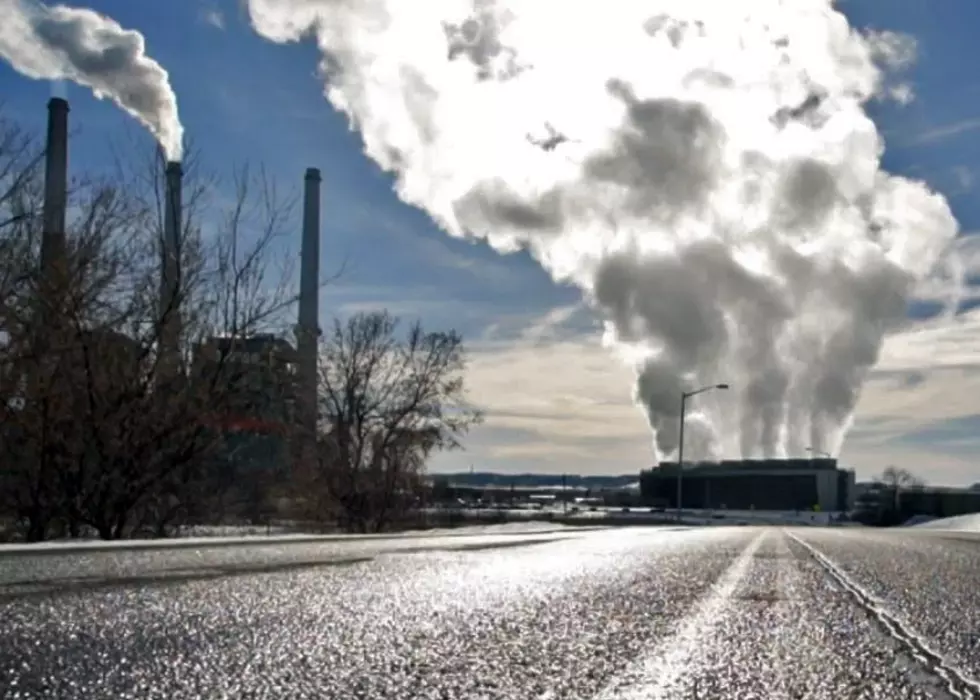
Viewpoint: Mercury standards reasonable for Montana, too
Russ Doty
Senator, Jon Tester, asked the right questions while seeking clarification on how EPA’s Mercury Air Toxic Standards (MATS) rule will affect Colstrip 3 & 4 and Montana consumers. Units 3 and 4 have 740 megawatts (MWs) of coal-fired generating capacity each.
To answer Jon’s question, compare Colstrip 3 to the 680-MW Xcel Energy Sherco unit that closed in 2023. To replace that coal-fired capacity by 2025, Xcel will complete 710-MW of solar generation in Becker, Minnesota, by adding a 250-MW array to 460-MWs currently under construction.
Xcel also will try out Form Energy’s Long Duration Energy Storage (LDES) iron-air battery — capable of storing ten megawatts for up to 100 hours -- enough backup to ride out a polar vortex plant shutdown, and far more than the 4-hour duration, lithium-ion batteries now predominating grid storage.
Because it has done so in other Minnesota coal facilities, Xcel expects Sherco and two additional coal-fired units in 2026 and 2030 to transition without laying off any employees. Yet, NorthWestern complains compliance with MATS is unreasonably costly ($350 million) and may mean layoffs and early plant closures.
On average, Sherco’s 720-megawatt solar/battery capacity will generate enough electricity for 150,000+ homes a year. “Solar energy does not have any fuel costs and contributes to a diversified energy mix, which helps protect against rising fuel prices,” Xcel acknowledges. It “expects to qualify for federal tax credits from the Inflation Reduction Act [IRA] on Sherco Solar’s energy production, helping customers save money.”
So, Biden’s IRA federal tax credits will pay for 60% of Sherco’s $1,055,000,000 solar/battery project because it qualifies for three, 10% IRA bonuses above the base 30% incentive. The remaining non-tax credit cost portion of Sherco’s project is $422,000,000.
However, Sherco’s entire “solar project will create an estimated $350 million in local economic benefits through payments to landowners and local governments.” That $350 million is equal to the cost of installing MATS-required pollution control at Colstrip. Would you use $350 million to install fuel cost-free solar with long duration battery backup? Or spend it to retain pollution control and fossil fuel cost as a utility operating expense passed on to consumers?
Assuming $0.043/kWh in fuel and pollution control costs, a 671 MW solar array can save enough to cover the $72,000,000 remaining in this cost benefit analysis. A similar IRA funded project could mitigate financial and job concerns at Colstrip.
Solar arrays are adjacent to Sherco’s existing facilities to reuse current grid connections. That will provide the most cost-effective power. Similar location foresight could happen at Colstrip, given the right amount of time to comply with MATS.
Hence, Jon’s polite request for clarification of EPA’s MATS rule, which includes implementation “flexibilities” for power plants. EPA explains the: “rule creates a new compliance path for electricity generating units that permanently stop burning coal by 2034. These units will be able to continue meeting existing requirements instead of the requirements contained in this final regulation.”
Previously, utilities could comply with less stringent standards if they planned to permanently stop burning coal by 2028. So, MATS already gives NorthWestern six more years to comply than previously.
Tester was the only Montana Congressional vote for the Inflation Reduction Act to address our complex health, climate, and pollution challenges. The IRA also provides direct payments in lieu of tax credits to churches, schools, and local governments equal to credits previously available only to tax paying entities. Our church will get $107,000 IRA funding to steward the earth. Republicans seek IRA repeal.
Xcel can meet its “customers’ energy needs while retiring “all of its coal units by the end of 2030,” without laying off employees. So, let’s explore flexibility in making the IRA provisions, that Jon voted for, work for Montana.
A 2034 Colstrip closing without MATS additional pollution control spending is reasonable, instead of NorthWestern’s planned 2042 prolonged pollution closure. Hope Jon will get answers from both the EPA and NorthWestern.
About the author: Russ Doty is a former Montana legislator from Great Falls now retired in Greeley, Colorado. As a lawyer, he represented clients in Colorado, Montana, and Minnesota energy matters.
